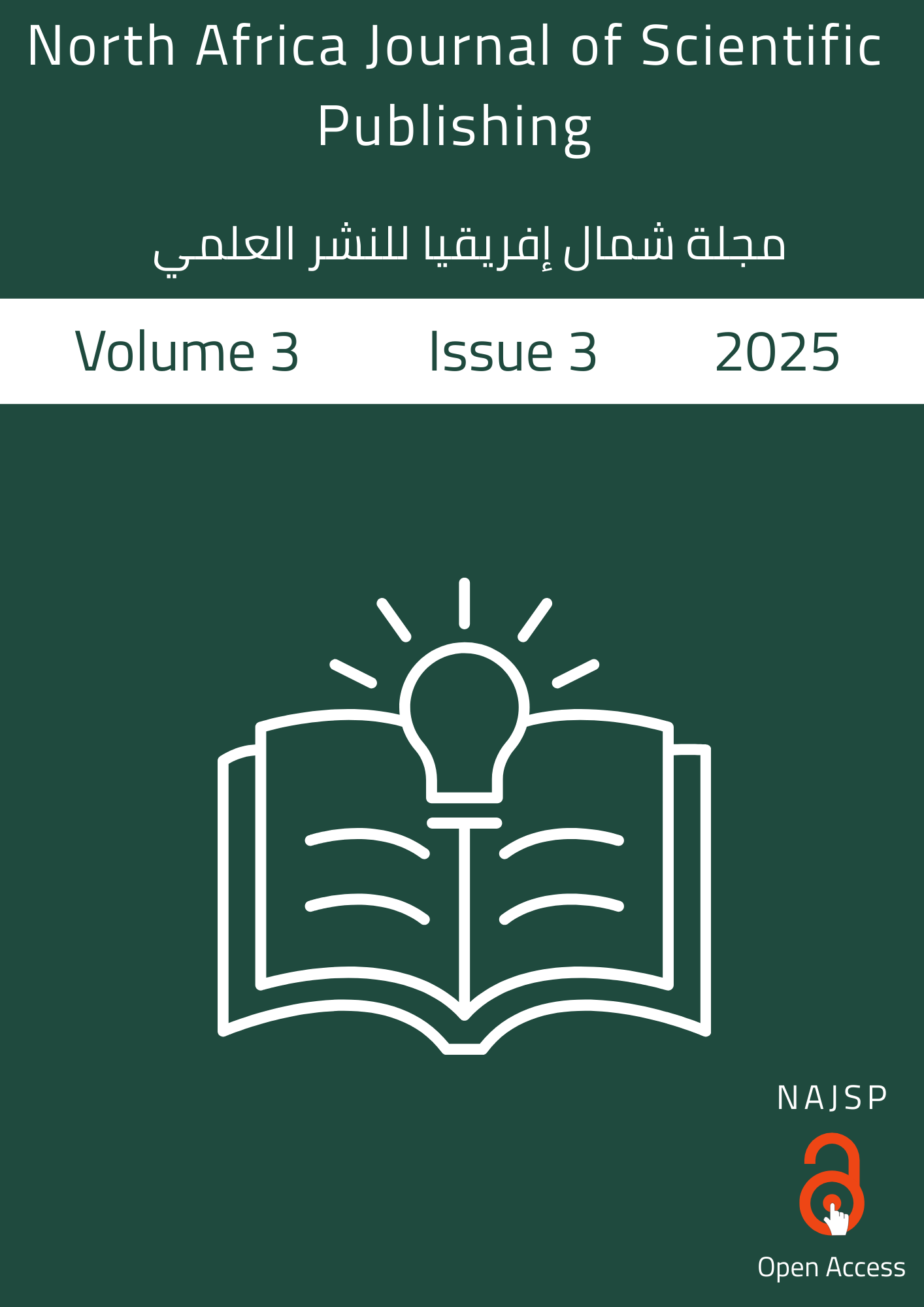The Role of Intravenous Iron in The Management of Iron Deficiency Anemia and The Extent of The Immune Function of White Blood Cells (Leaukocytes) Before and After Treatment among Breast Cancer Patients
Keywords:
Iron deficiency anemia, Cancer, Hemoglobin, Platelet Count, White Blood Cell count, Red Blood Cell count, Iron levels, Treatment effectivenessAbstract
This study is to assess the effectiveness of a focused therapy protocol in enhancing hematological parameters, such as Hemoglobin (Hb), Platelet Count, White Blood Cell (WBC) count, Red Blood Cell (RBC) count, and Iron levels, in cancer patients with IDA. Involved the enrollment of 100 cancer patients who had been diagnosed with confirmed IDA. The levels of Hb, Platelet Count, WBC count, RBC count, and Iron levels were measured and studied before and after treatment. The therapeutic approach consisted of personalized iron supplementation and anti-inflammatory medication. Statistical studies were conducted to evaluate the significance of alterations in these parameters after therapy. There were notable increases in Hb levels (from 9.5 g/dL to 12.2 g/dL, p = 0.03), Platelet Count (from 94.69 x 10^9/L to 111.59 x 10^9/L, p = 0.04), and Iron levels (from 39.37 µg/dL to 54.93 µg/dL, p = 0.02) after therapy. The white blood cell (WBC) count shown a substantial decrease (from 16.30 x 10^9/L to 11.80 x 10^9/L, p = 0.002), suggesting a reduction in inflammation. While the rise in RBC count did not reach statistical significance (p = 0.13), a favorable trend was seen. The focused treatment plan successfully enhanced important blood-related measurements in cancer patients with IDA, highlighting its ability to improve patient outcomes and overall well-being. For the best management of IDA in cancer patients, it is recommended to regularly screen for the condition and create personalized treatment programs.







